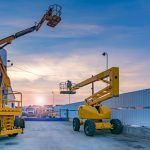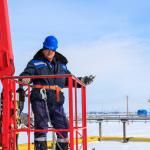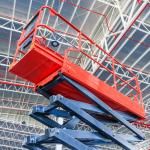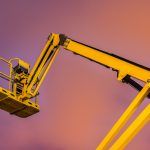
Aerial Lift Training: Boom Lifts, Scissor Lifts & More
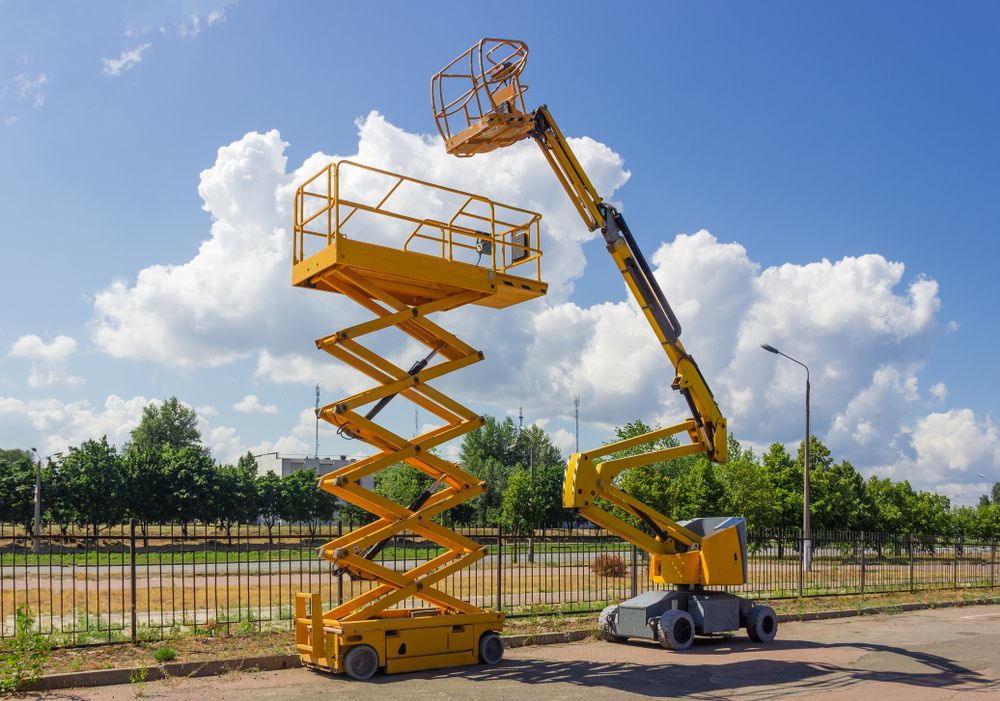 Every year, employers and workers have to deal with accidents from using aerial lifts.
Every year, employers and workers have to deal with accidents from using aerial lifts.
Many aerial lift systems still bring elements of danger or risk – even with a comprehensively trained operator using these machines.
To understand how best to leverage these tools for safer operation, let us have a look at some vital tips for aerial lift safety in the workplace.
Aerial Lift – What It Encompasses & Common Types
An aerial lift is any type of equipment designed to haul people or tools across a vertical plane.
Several types of machinery can be described as aerial lifts.
Boom lifts and scissor lifts are the most popular machinery used in industrial and construction operations.
Scissor Lifts – A Popular Aerial Lift
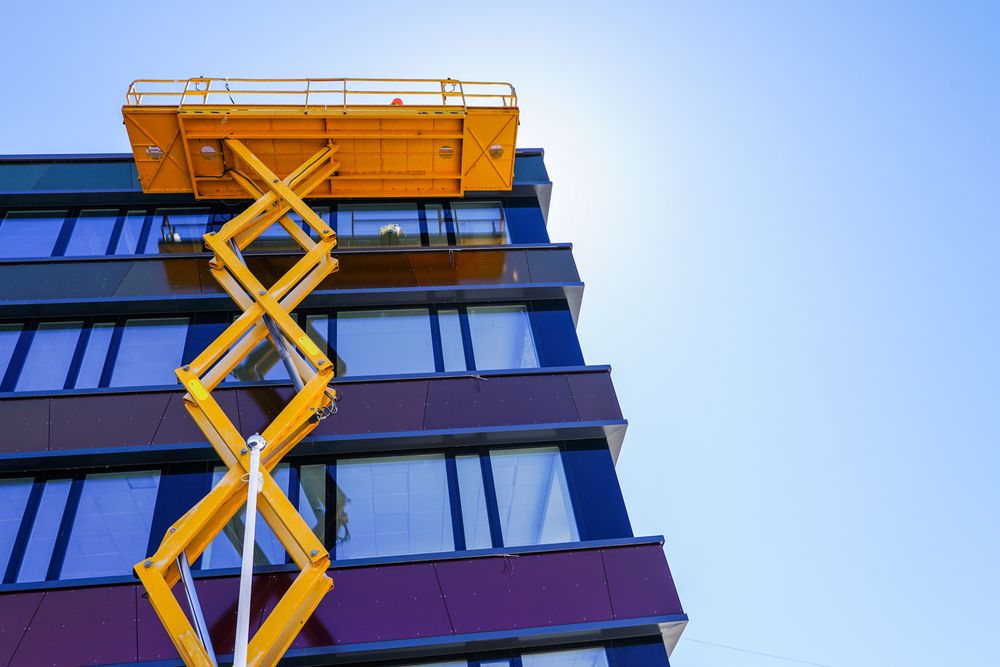 Scissor lifts start at a low level and expand its panels in a direct, upward angle.
Scissor lifts start at a low level and expand its panels in a direct, upward angle.
Most scissor lifts come with tires for easier mobility and maintenance.
The scissor lift cannot be used unless it is placed on a flat, level surface.
Tips for Safe Scissor Lift Use
Tipping is a common accident from using scissor lifts when they are not placed on an even surface.
Significant harm could come to users of scissor lifts in extreme windy weather. If extreme wind cannot flip the lift over, chances are it could tip the machinery users from its summit.
Extensive training is essential to avoiding any mishap from using scissor lifts.
Boom Lifts – Another Common Aerial Lift
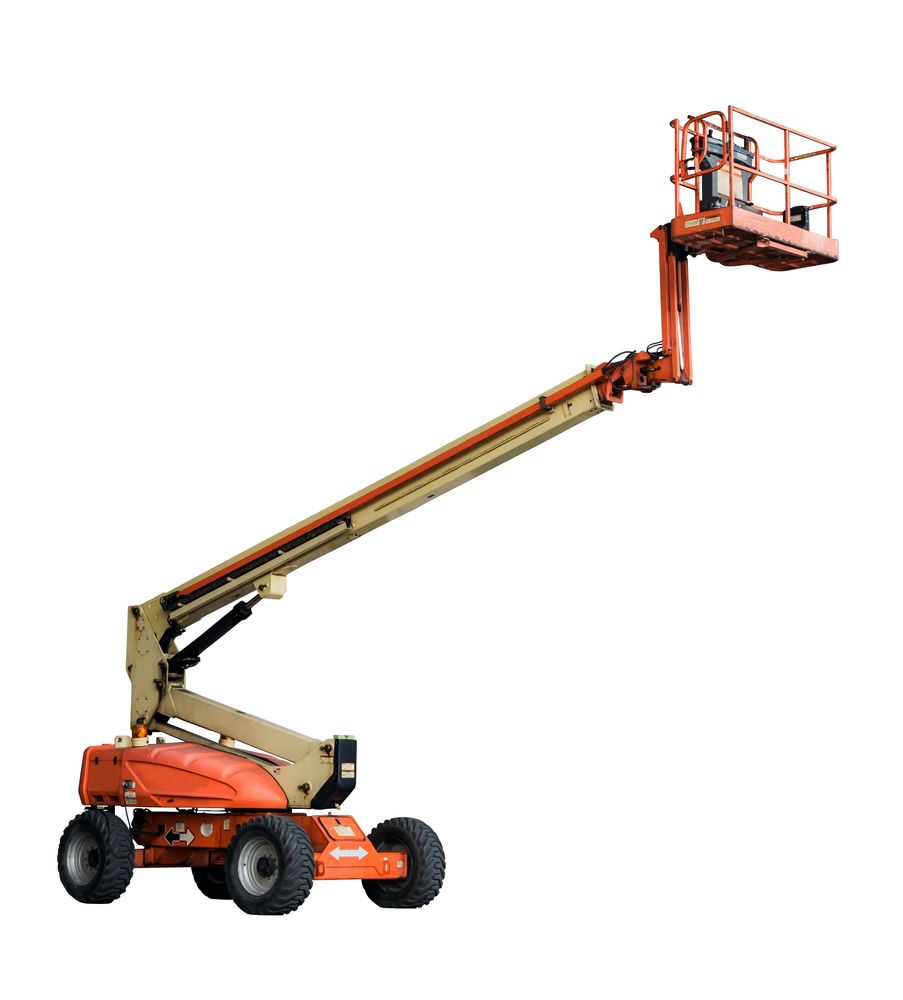 With marked differences from scissor lifts, boom lifts are used for several aerial operations.
With marked differences from scissor lifts, boom lifts are used for several aerial operations.
A bucket-like platform is used to transport operators to different above-ground heights based on the lift’s capacity.
Boom lifts are commonly seen across Ontario in workplace functions ranging from window cleaning, construction, maintenance & repair and much more.
What Is Involved in a Comprehensive Aerial Lift Training Programme?
Aerial lift safety training is essential in the greater effort for workplace safety.
- Avail your employees principles of aerial lift operation for safer day-to-day use
- Give operators knowledge on several scissors, boom, and other aerial lift scenarios
- Information for lift operators and other users on how to navigate ascent and descent safely
- Familiarize employees with numerous operating characteristics of mobile elevated working platforms (MEWP)
With these tips followed, you will find that aerial lift operations go more smoothly and safely.
Benefits of Engaging Your Employees in Detailed Aerial Lift Training
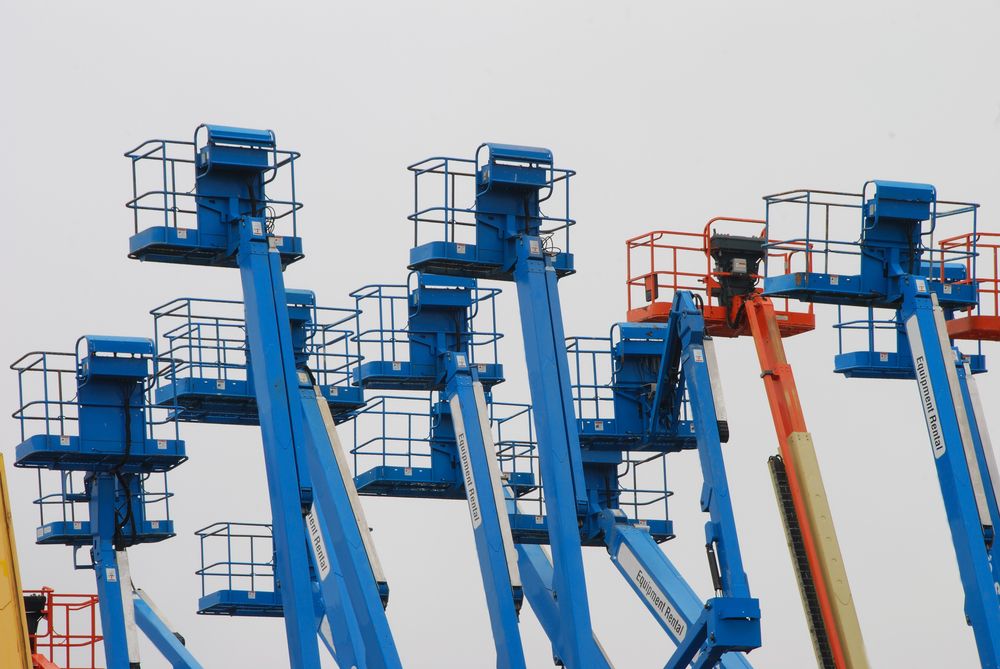 What specific workplace safety benefits might you realize with aerial lift training?
What specific workplace safety benefits might you realize with aerial lift training?
- Improved practice sessions targeted at direct responses to risk
- Reduction in the count of on-site accidents through emergency response training
- Engenders high-risk operation and minimizes the chances of fatal injury
- Ensure workers comply with laid-down ANSI and OSHA standards
As you can see, aerial lift training is a worthy investment for workplace safety – and not an expensive one, as it will pay off in multiples.
Trust ACT to Deliver Extensive Aerial Lift Training for Your Employees
Availing your staff the right aerial lift training is essential to keeping them safe from fall hazards.
Going it alone when it comes to providing aerial lift training may not be the best course for your operations. You need access to the best information from a professional safety-consulting and training firm.
Companies around Ontario trust the consulting and training services of Advanced Consulting and Training Ltd. for a wide range of safety-focused needs. With hundreds of firms on our client list, we pride ourselves as Ontario’s best.
Contact us today for professional consulting services targeted at improving your workers’ safety when using aerial lifts.

